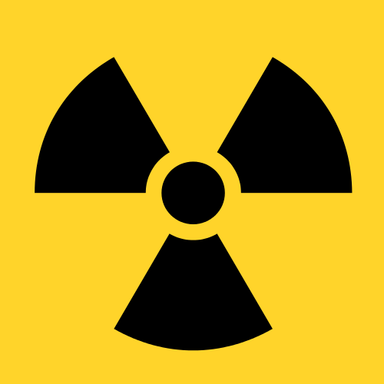
A team of researchers in the University of Iowa College of Engineering has received a three-year, $1 million National Science Foundation (NSF) grant to develop an improved nuclear and radioactive threat detection network for the United States.
Although the United States currently has nuclear and radioactive detection systems in place, the systems mainly focus on seaports, airports, and other mass transport centers. Er-Wei Bai, project principal investigator and professor of electrical and computer engineering, notes that the systems need improvement.
“There is a growing recognition of the inadequacy of current capabilities with respect to threat detection and localization in a large area, for example, in the downtown area of a metropolitan city. There already exists a number of ways to detect radioactive material in an isolated area, such as a seaport,” Bai says.
“What is needed is not only an isolated detector but a system integrating threat detection and localization in a large area so that the public and law enforcement officials can respond according to the situation," he adds.
Formally titled, "CPS: Synergy: A Hybrid Detector Network for Nuclear and Radioactive Threat Detection," the project consists of several detection systems rolled into one.
The grant allows the researchers to develop an integrated cyber-physical system by using inexpensive wireless sensors together with more expensive mobile sensors. The sensors will be located so as to eliminate local minima that can compromise results, keep the information exchange to manageable levels, attain fast distributed localization, achieve robust decision-making even in the presence of disrupted communication and large uncertainty, and assist in the sensors’ autonomous self-organization.
Bai’s UI co-principal investigators on the project are Soura Dasgupta and Raghuraman Mudumbai. The project is being conducted in collaboration with Argonne National Laboratory, located just outside of Chicago and managed by the University of Chicago for the U.S. Department of Energy.
Bai, who joined the UI faculty in 1987 and is a recipient of the President's Award for Teaching Excellence and the Board of Regents Award for Faculty Excellence, is an expert in the fields of identification, control, and signal processing, and their applications in engineering and life science. Bai also holds the title of World Class Research Professor at the Queen’s University, Belfast, United Kingdom. Both Bai and Dasgupta are Fellows of the Institute of Electrical and Electronics Engineers (IEEE).